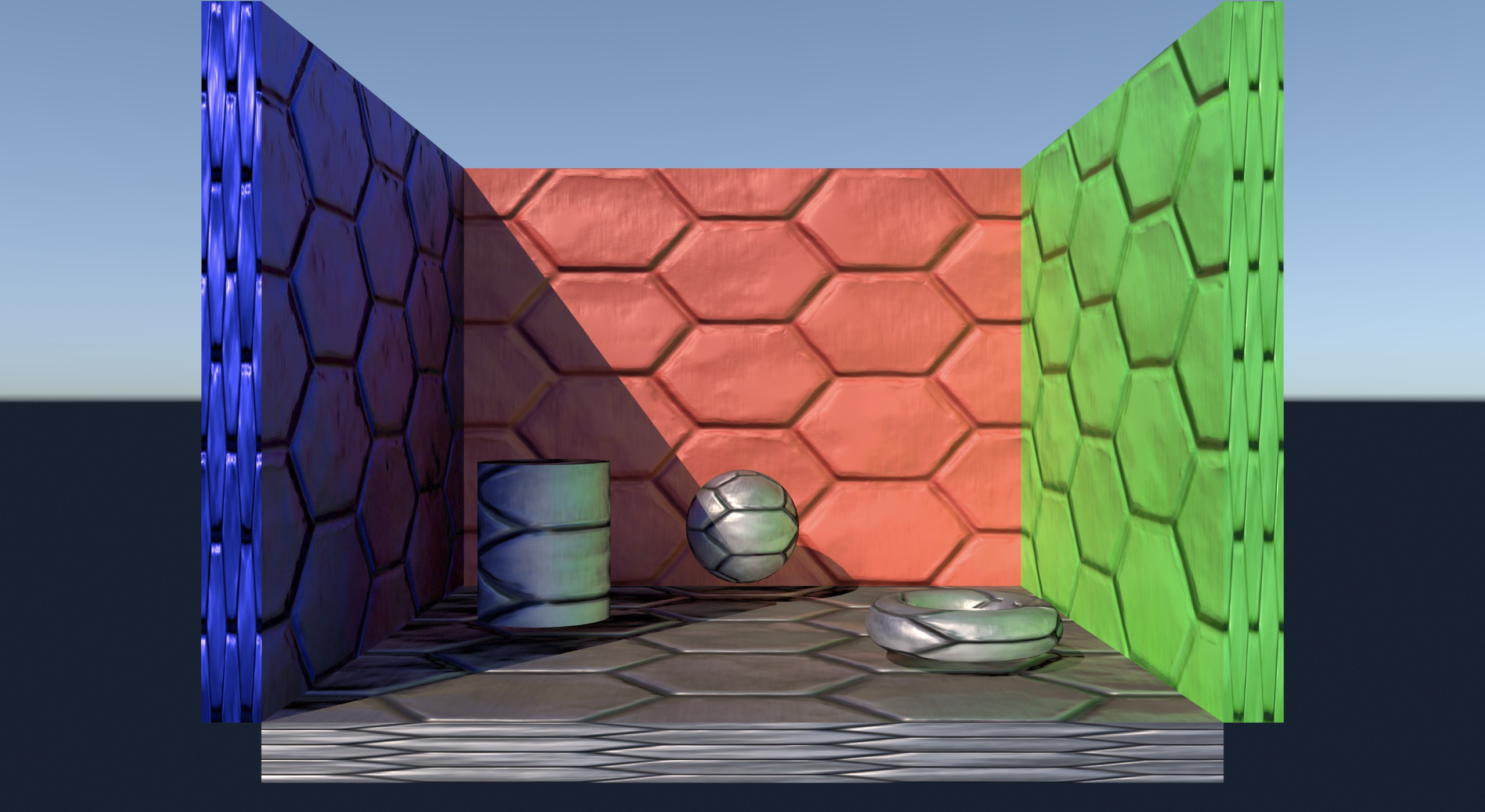Comparing to 1spp PT does not make much sense, but with DDGI does. (Both methods provide a cache to lookup lighting instead accumulating many paths to get it.)I think it makes some really nice in-roads in those areas of the image at 1spp where the path trace + restir merely returns dark + salt and pepper. Or even DDGI for that matter.
Very promising: They can provide high frequency details in the cache. No other caching method can do this in realtime and with practical memory costs.
Though, the video shows heavy temporal fluctuations in motion, even on static scene. I expect further progress on ML denoising to address this, but i doubt we could use that in a action game (where stability is more important than realism) anytime soon.
I think the most promising approach would be to have another caching system which is temporally stable but less detailed, and world space to handle disocclusion (e.g. DDGI). If combining strengths of both is possible, temporal issues might become acceptable.
Likely that's not so easy, otherwise they might have shown this as well.



